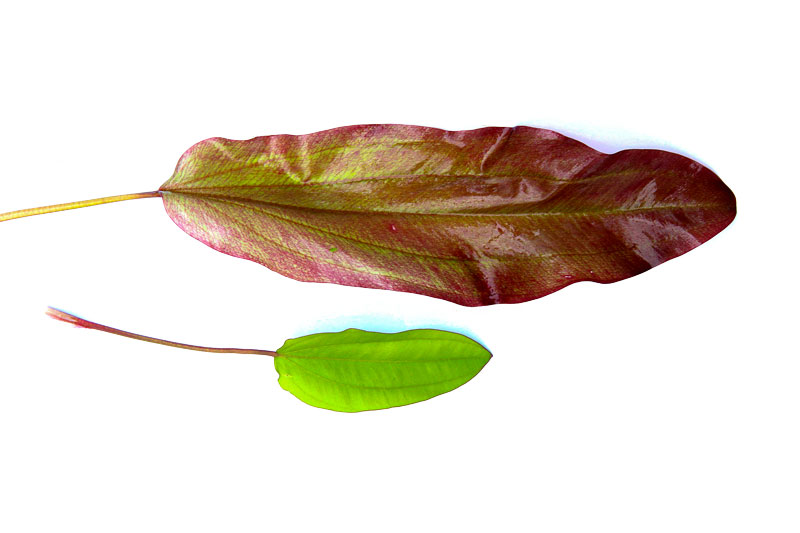Transformation artists
between the worlds
(Pictures: Chris Lukhaup / Stefan Hummel)
The evolution of plants is an exciting success story of nature, without whose "invention" of photosynthesis the development of life would probably not have been possible.
The first life developed in the primeval oceans about 4 billion years ago, in the so-called Precambrian. Single-cell life forms such as bacteria and algae (cyanobacteria) were responsible for the dramatic changes. They used sunlight for photosynthesis, which caused oxygen to accumulate in the atmosphere. It is considered proven that the development of higher forms of life would not have been possible without this process.
Algae were probably the first plants to venture onto land. By repeatedly low water levels, they were forced to adapt to life on land. The green algae that are still alive today are therefore considered the ancestors of land plants.
A very long history of development from moss-like plants, ancient ferns, huge bear moss plants and horsetail to the first seed plants finally led to the first flowering plants. These made their grand entrance around 140 million years ago.
The recipe for success: dissemination through intensive interaction with animals, which for the first time helped with pollination of the flowers and the application of seeds. The well-known magnolias in our gardens had contact with the dinosaurs as early as the Cretaceous period and are now considered to be the oldest flowering plants still alive today.

Our aquarium plants also developed from these early land plants, only they have recaptured the freshwater habitat for themselves. The "real" aquatic plants show the strongest adaptation. They often have weak roots, as they mostly absorb nutrients from the surrounding water. Mostly heavily slit or ribbon-like leaves facilitate gas exchange and nutrient absorption. The strengthening tissue is weaker, so the plants are easy to bend in stronger water currents. Typical genera are Vallisneria, Egeria or Ceratophyllum.
The second and much larger group of aquarium plants are the so-called marsh plants. They can grow both under and over water. The underwater shape is also known as the submersed form and the surface shape is also known as the emersed form.
In the horticultural production, the emerse culture is usually used.
In some genera and species, the difference between emersed and submerged is rather small and hardly noticeable. Anubias and Microsorum are representatives with minimal differences. In other genera and species, the difference is very pronounced in shape and color. With some species, one cannot believe that it is the same plant.
Echinodorus varieties such as the Echinodorus 'Little Bear' are real transformation artists - pure green in emersed state, in the greenhouse and under water with bright brown-red leaves.
Further impressive changes can be seen e.g. in many Rotala rotundifolia forms such as the Rotala sp. 'Green' variety. The emersed leaflets are circular - the submerged ones are needle-shaped. The well-known Hygrophila difformis is also a good example of the change from emersed to submerged growth habit.
The leaf size also changes extremely, as with the Echinodorus 'Green Chameleon' variety.
Back to List